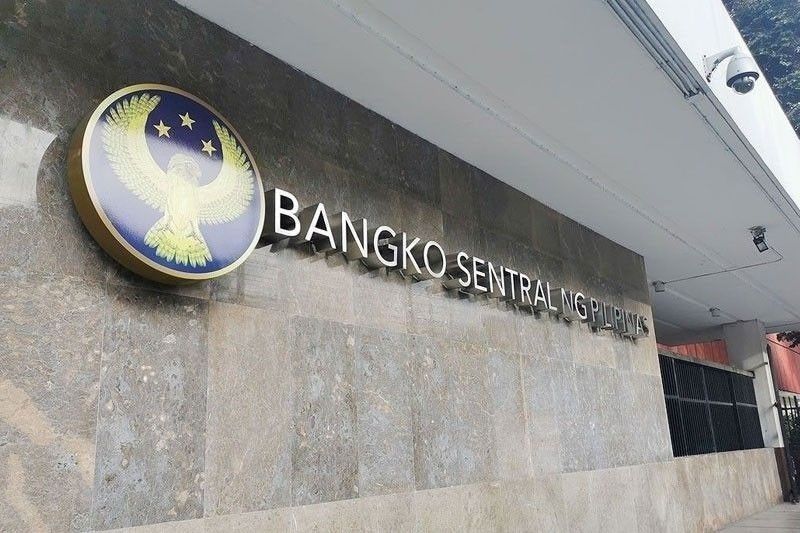Remittances grow at slower 2.7 Percent pace in January

MANILA, Philippines — Personal remittances from overseas Filipino workers (OFWs) grew by only 2.7 percent to $3.15 billion in January from $3.07 billion in the same month last year, according to the Bangko Sentral ng Pilipinas (BSP).
The latest figure was 13 percent lower than the monthly record high of $3.63 billion in December last year. Remittances grew by 3.9 percent year-on-year in December 2023.
Personal remittances are the sum of net compensation of employees, personal transfers and capital transfers between households. Personal transfers consist of all current transfers in cash or in kind made or received by resident households to or from non-resident households.
Likewise, cash remittances coursed through banks went up by 2.7 percent to $2.84 billion in January from $2.76 billion a year ago. The amount, however, was 13.5 percent lower than the monthly record high of $3.28 billion recorded in December last year.
“The growth in cash remittances from the United States, Saudi Arabia, the United Arab Emirates and Singapore contributed mainly to the increase in remittances in January 2024,” the BSP said.
The US emerged as the major source of remittances with a share of 41.8 percent, followed by Singapore’s 7.3 percent, Saudi Arabia’s six percent, Japan’s 5.8 percent, United Kingdom’s 4.8 percent, United Arab Emirates’ 3.3 percent, Canada’s 3.1 percent, Taiwan’s 2.8 percent, Qatar’s 2.7 percent and Malaysia’s 2.4 percent.
Remittances refer to the money sent by individuals working or living abroad back to their home country. These inflows contribute significantly to the economy’s balance of payments, which record all economic transactions between a country and the rest of the world.
Michael Ricafort, chief economist at Rizal Commercial Banking Corp., said the consistent growth in remittances could be attributed to elevated prices of goods, prompting more migrant workers to send more money back in the Philippines to support their families.
Headline inflation picked up at 3.4 percent in February from 2.8 percent in January, ending four straight months of decline. Still, February inflation was at a slower level compared to last year’s 8.6 percent.
It also marked the third straight month inflation was within the BSP’s two to four percent target range.
Ricafort also said the sustained growth in remittances would continue to support consumer spending in the Philippines.
However, an economic slowdown in the US and in other countries that host a large number of OFWs would likely put a drag on remittances, especially if there would be job losses for some migrant workers, he said.
But for the coming months, modest growth in remittances could still continue as families still need to cope with higher inflation, Ricafort added.
Personal remittances reached an all-time high of $37.21 billion in 2023 from $36.14 billion in 2022, of which cash remittances coursed through banks stood at a record high of $33.49 billion from $32.54 billion a year ago.
For 2024, the BSP sees both personal and cash remittances climbing by three percent.
- Latest
- Trending




























